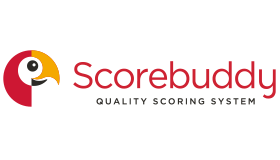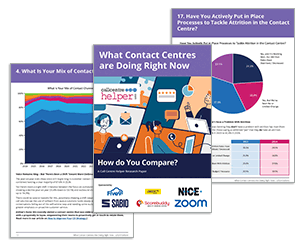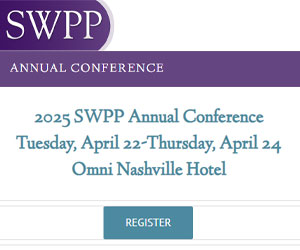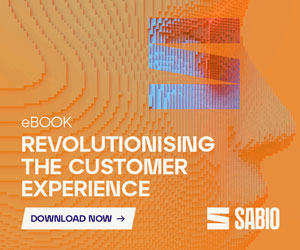This blog summarises the key points from a recent article from David McGeough at Scorebuddy, where he explores 11 essential quality parameters in BPO, and gives you some tips on how to maintain high standards in these areas.
We all know the usual call centre KPIs like CSAT and AHT, but in the BPO world, the most critical quality metrics aren’t always the standard ones.
Since BPOs handle multiple clients across various industries, their focus is more on meeting service agreements and client-specific needs.
While metrics like customer satisfaction and first-call resolution still matter, BPOs often prioritise different performance indicators. To ensure long-term success, they must focus on:
- Meeting service level agreements (SLAs)
- Maintaining regulatory compliance
- Keeping agents engaged to reduce churn
11 Quality Parameters in BPO and How to Improve Them
1. Customer Satisfaction (CSAT) Score
CSAT gauges customer happiness with the service provided. High scores indicate that agents are meeting expectations and fostering loyalty. To maintain strong CSAT you should:
- Train agents in soft skills like empathy and active listening.
- Utilise real-time monitoring to address quality dips promptly.
- Provide consistent feedback to ensure continuous improvement.
2. Average Handle Time (AHT)
AHT measures the total time spent resolving an interaction, including follow-ups. Balancing speed and quality is crucial as long calls leads to increased costs, while rushed service risks dissatisfaction. You can reduce AHT by:
- Implementing AI tools, automation, and streamlined workflows.
- Using speech and sentiment analytics to pinpoint inefficiencies.
3. First Call Resolution (FCR)
FCR tracks the percentage of issues resolved on the first contact. Higher rates improve efficiency and customer experience. Boost FCR by:
- Providing targeted training on problem-solving and product knowledge.
- Leveraging text and speech analytics to identify and address recurring issues.
4. Net Promoter Score (NPS)
NPS measures customer loyalty by assessing their likelihood to recommend your service. High scores indicate strong brand advocacy, while low scores signal frustration. You can improve NPS by:
- Using sentiment analysis to understand pain points and adjust accordingly.
- Gathering insights from both customers and agents to refine CX strategies.
5. Customer Effort Score (CES)
CES evaluates how easily customers resolve their issues. High effort results in frustrated customers, while seamless experiences drive satisfaction. Lower your CES by:
- Equipping agents with accessible knowledge bases and integrated tools.
- Enhancing self-service options like chatbots and IVR for quick resolutions.
6. Quality of Service (QoS)
QoS assesses the overall professionalism, effectiveness, and reliability of operations. It encompasses script adherence, soft skills, and problem-solving. To improve QoS, you can:
- Track key QA metrics and tailor coaching sessions.
- Reinforce emotional intelligence skills like active listening.
7. Service Level Agreement (SLA) Adherence
SLAs define service expectations and performance benchmarks. Meeting them ensures client confidence. Strengthen SLA compliance by:
- Using QA processes to monitor agent performance and identify gaps.
- Implementing targeted training based on QA insights.
8. Average Speed of Answer (ASA)
ASA tracks how quickly agents respond to incoming calls. A lower ASA reduces frustration, while delays indicate inefficiencies. You can improve ASA by:
- Analysing call volume trends and adjusting staffing accordingly.
- Implementing intelligent routing and self-service tools to ease agent workload.
9. Call Abandonment Rate
This metric reflects the percentage of calls where customers hang up before reaching an agent. High rates suggest long wait times or system inefficiencies. Reduce call abandonment by:
- Shortening wait times through better scheduling and staffing.
- Expanding self-service options for simpler inquiries.
10. Agent Turnover Rate
Turnover rate is the percentage of agents that have left your call centre within a specific time frame. High turnover rates disrupt operations and increase hiring costs. They also impact service consistency. Lower attrition by:
- Creating a culture of growth and well-being for agents.
- Using gamification and recognition programs to boost engagement.
11. Agent Occupancy Rate
Agent Occupancy Rate indicates how much time agents spend on calls and related tasks. Overloading agents can lead to burnout. A high occupancy rate can mean your agents are staying productive; however, if it is too high, it could mean that they are being overloaded with work. Optimise occupancy by:
- Aligning staffing levels with call demand using workforce management tools.
- Automating repetitive tasks to reduce agent workload.
This blog post has been re-published by kind permission of Scorebuddy – View the Original Article
For more information about Scorebuddy - visit the Scorebuddy Website
Call Centre Helper is not responsible for the content of these guest blog posts. The opinions expressed in this article are those of the author, and do not necessarily reflect those of Call Centre Helper.
Author: Scorebuddy
Reviewed by: Megan Jones
Published On: 6th Feb 2025
Read more about - Guest Blogs, David McGeough, Scorebuddy






 Scorebuddy is quality assurance solution for scoring customer service calls, emails and web chat. It is a dedicated, stand-alone staff scoring system based in the cloud, requiring no integration.
Scorebuddy is quality assurance solution for scoring customer service calls, emails and web chat. It is a dedicated, stand-alone staff scoring system based in the cloud, requiring no integration. 





























